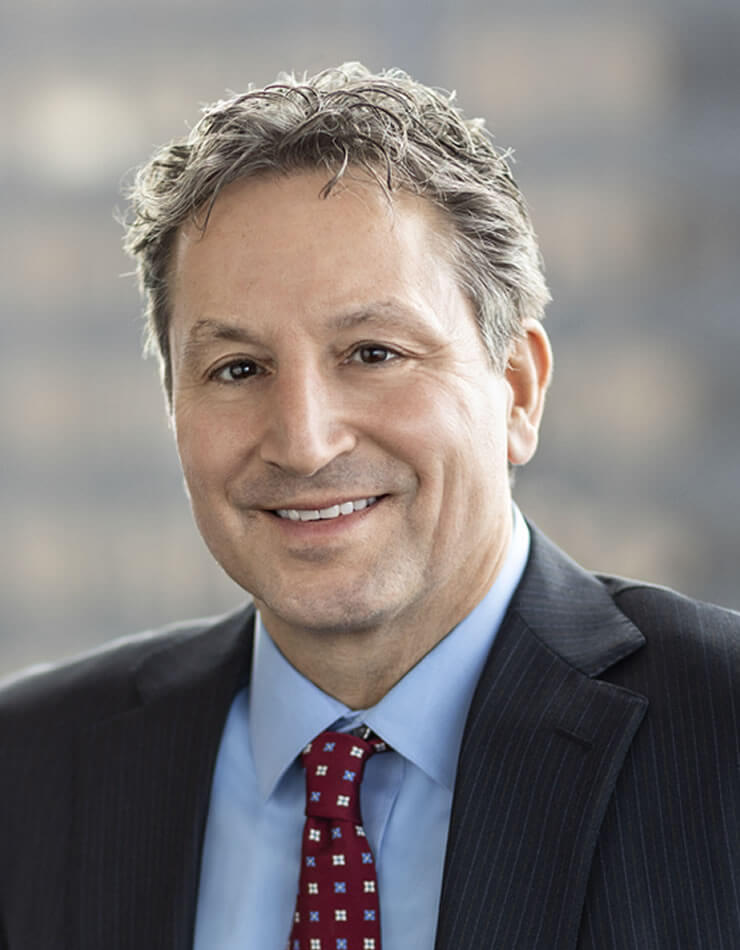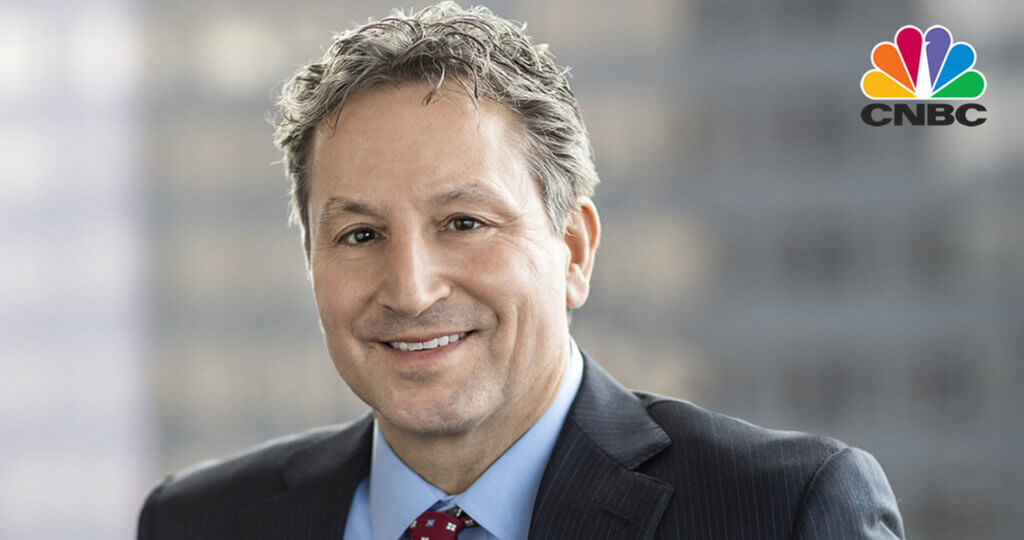Oakmark International Fund – Investor Class
Average Annual Total Returns 09/30/18
Since Inception 09/30/92 9.71%
10-year 9.10%
5-year 4.03%
1-year -6.33%
3-month -0.91%
Gross Expense Ratio as of 09/30/17 was 1.00%
Net Expense Ratio as of 09/30/17 was 0.95%
Past performance is no guarantee of future results. The performance data quoted represents past performance. Current performance may be lower or higher than the performance data quoted. The investment return and principal value vary so that an investor’s shares when redeemed may be worth more or less than the original cost. The To obtain the most recent month-end performance data, view it here.
The Oakmark International Fund declined 6.3% for the fiscal year ended September 30, 2018, underperforming the MSCI World ex U.S. Index, which returned 2.7% over the same period. For the most recent quarter, the Fund underperformed the MSCI World ex U.S. Index, falling 0.9%, compared to the benchmark’s return of 1.3%. However, the Fund has returned an average of 9.7% per year since its inception in September 1992, outperforming the MSCI World ex U.S. Index, which has averaged 6.1% per year over the same period.
You should know that, as fellow shareholders, we recognize our results have recently disappointed and we, too, are not pleased. Our recent performance has been driven primarily by short-term, macroeconomic fears that are not at all indicative of the long-term underlying value we see at the company level. We believe the market will eventually recognize the inherent strength we see in these franchises, which should result in higher stock prices and better performance. As a reflection of our confidence, we have been adding significant amounts of personal capital to the Funds over the past several months. Here are some specific details on the portfolio’s performance drivers.
Ashtead Group, a U.K.-based construction and industrial equipment rental company, was the largest contributor for the fiscal year. Sunbelt, the U.S. rental division of the company, accounts for over 80% of Ashtead’s revenue and nearly 90% of its operating profit. Sunbelt is the dominant second player in a highly fragmented market and experienced 20% revenue growth for the fiscal year, four times that of the industry. The structural shift toward renting equipment continues, and the number of longer term projects is also increasing. Historically, customers bought equipment for longer term projects, but increasingly, they are now choosing to rent instead. The shift to longer term equipment rental shows that customers have grown more comfortable with the equipment rental model, which allows customers to procure well-maintained equipment at the right location at the right time and also helps reduce capital intensity. Ashtead’s management team has diversified into highly profitable new end markets by leveraging existing routes to market. We believe the company has significant scale advantages, has opportunities for strong growth and is run by an excellent management team.
H&M, a Swedish-based global fashion retailer, was the largest contributor for the quarter. While third-quarter profits were somewhat lower than expected, we believe the most recent financial results contain signs of underlying improvement. The four markets impacted by a previously disclosed logistics issue reported an 8% drop in local currency sales. However, the remaining 66 markets, which account for approximately 76% of group sales, experienced sales growth of 8% in local currency. This highlights a material improvement in performance of the undisturbed markets. Management has noted that the logistics issues have largely been resolved and the company expects a lower financial impact in the fourth quarter. Additionally, the company’s online sales were up 32% and new business sales were up 15% during the quarter. Management is also significantly improving the company’s collections and better positioning the business for an omnichannel retail world. While the company still has some challenges to overcome, the most recent results have increased our confidence in our investment in H&M and its future performance.
BNP, one of the largest banking franchises in Europe with headquarters in France, was the largest detractor for the fiscal year. During the year, the company has reported mixed results. Most recently, BNP released fiscal 1H results that included year-over-year declines in revenue, pre-provision profit and operating income. However, these declines were largely due to one-time events, including an outsized regulatory tax payment. Additionally, the company has been focused on a cost transformation project that is front-end loaded, so it should start generating greater net savings in 2019 and 2020. Management has reiterated a cost-to-income target of 63% for 2020, which is in line with our expectations and it continues to target a 12% capital ratio. Lastly, recent events in Turkey have weighed on the company’s share price, but we consider BNP’s exposure to this market to be immaterial at 2.5% of total pre-tax profit.
Continental, a German-based company that is one of Europe’s largest manufacturers of tires, automotive parts and industrial products, was the largest detractor for the quarter. Investors reacted negatively to the company’s profit warning, which was attributed to three key issues: warranties, revenue shortfall and operational issues. Management decided to take a warranty provision to cover all outstanding product warranty issues in the powertrain division. The majority of the revenue shortfall occurred in the automotive side of the business, where two OEM customers significantly lowered their call-offs for the rest of the year. The operational issues were attributed to plants in NAFTA regions that suffered underutilization. Because management didn’t react accordingly, the company missed its cost targets, but Continental believes restructuring can address this issue by next year. The company also had trouble ramping up production to meet customer demands for 48-volt technology. On top of these company-specific issues, Continental has traded down on the back of industry-wide concerns about auto production volumes and tariffs, but we believe the company has superior end-market exposures and a lower risk profile than many of its peers. Continental’s tire division has an optimized footprint, consisting of large, modern factories in low-cost countries. This benefits the company compared with other global tire manufacturers that are burdened with onerous legacy cost structures in smaller, less-automated plants, which are difficult and costly to shutter. Continental also has leading market share in concentrated segments of the automotive components business. In addition, we expect that the increasing trends of autonomous and connected driving will provide significant, ongoing growth in this part of the company’s business. Finally, we think that the current management team has done a good job improving Continental by taking action to deleverage the business, enhance profitability and drive organic growth.
During the quarter, we removed Philips (Netherlands), Safran (France), Sanofi (France) and Swatch Group (Switzerland). We added five new names to the Fund during the quarter: Accor (France), a global hospitality company; Brambles (Australia), a pooling solutions company that specializes in the provision of reusable pallets, crates and containers; Komatsu (Japan), a global manufacturer and retailer of building and mining equipment; OMRON (Japan), a global electronics company best known for its industrial automation division that focuses on electronic controls such as sensor, timers, relays and counter; and thyssenkrup (Germany), an industrial conglomerate that derives the majority of its revenue from elevator and components technology.
Geographically, we ended the quarter with 79% of our holdings in Europe and the U.K., 6% in Asia ex Japan and 5% in Japan. The remaining positions are in North America, Africa, Australasia and Latin America.
We continue to believe the Swiss franc is overvalued versus the U.S. dollar. As a result, we defensively hedged a portion of the Fund’s exposure. Approximately 20% of the Swiss franc exposure was hedged at quarter end.
The securities mentioned above comprise the following percentages of the Oakmark International Fund’s total net assets as of 09/30/18: Ashtead Group 1.4%, H&M Cl B 4.3%, BNP 4.3%, Continental 2.7%, Philips 0%, Safran 0%, Sanofi 0%, Swatch Group 0%, Accor 1.1%, Brambles 0.2%, Komatsu 1.1%, OMRON 0% and thyssenkrupp 0.6%. Portfolio holdings are subject to change without notice and are not intended as recommendations of individual stocks.
The net expense ratio reflects a contractual advisory fee waiver agreement through January 28, 2019.
The MSCI World ex U.S. Index (Net) is a free float-adjusted, market capitalization-weighted index that is designed to measure international developed market equity performance, excluding the U.S. The index covers approximately 85% of the free float-adjusted market capitalization in each country. This benchmark calculates reinvested dividends net of withholding taxes. This index is unmanaged and investors cannot invest directly in this index.
The Fund’s portfolio tends to be invested in a relatively small number of stocks. As a result, the appreciation or depreciation of any one security held by the Fund will have a greater impact on the Fund’s net asset value than it would if the Fund invested in a larger number of securities. Although that strategy has the potential to generate attractive returns over time, it also increases the Fund’s volatility.
The percentages of hedge exposure for each foreign currency are calculated by dividing the market value of all same-currency forward contracts by the market value of the underlying equity exposure to that currency.
Investing in foreign securities presents risks that in some ways may be greater than U.S. investments. Those risks include: currency fluctuation; different regulation, accounting standards, trading practices and levels of available information; generally higher transaction costs; and political risks.
The discussion of the Fund’s investments and investment strategy (including current investment themes, the portfolio managers’ research and investment process, and portfolio characteristics) represents the Fund’s investments and the views of the portfolio managers and Harris Associates L.P., the Fund’s investment adviser, at the time of this letter, and are subject to change without notice.
All information provided is as of 09/30/2018 unless otherwise specified.







